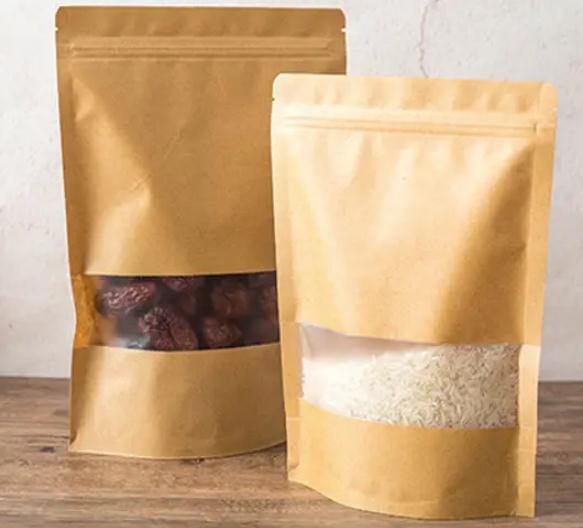Biodegradable bags have become increasingly popular in recent years due to the growing concern over plastic waste and its impact on the environment. These bags are made from materials that can break down naturally in the environment, reducing their negative impact on the planet. In this article, we will explore the advantages and disadvantages of using biodegradable bags, with a focus on their practical application in the context of custom beef jerky bags.
Advantages of Biodegradable Bags:
- Environmental Sustainability
The primary advantage of using biodegradable bags is their environmental sustainability. These bags are made from natural materials such as starch, cellulose, and vegetable oil, which can break down naturally in the environment without leaving behind any harmful residue. This means that they do not contribute to the accumulation of plastic waste that can take hundreds of years to decompose.
- Cost-Effective
Biodegradable bags are also becoming more cost-effective as the demand for sustainable packaging options grows. While they may be slightly more expensive than traditional plastic bags, their cost is expected to decrease as technology and production methods improve.

- Customer Appeal
Consumers are becoming increasingly aware of the environmental impact of plastic waste and are actively seeking out products that are packaged sustainably. Biodegradable bags can help to differentiate your product from competitors and appeal to customers who prioritize eco-friendliness.
Disadvantages of Biodegradable Bags:
- Limited Shelf Life
One of the main disadvantages of biodegradable bags is their limited shelf life. Because they are designed to break down naturally, they may not be suitable for products with a long shelf life, such as custom beef jerky bags. The bags may break down prematurely, compromising the integrity of the packaging and the product inside.
- Production Challenges
Producing biodegradable bags can be more challenging than producing traditional plastic bags. The materials used in biodegradable bags are not as durable as plastic, which can make them more difficult to work with during production. This can result in a higher rate of defects and a higher cost of production.
- Disposal Challenges
While biodegradable bags are designed to break down naturally, they still need to be disposed of properly to ensure that they do not contribute to environmental pollution. This can be a challenge if consumers are not aware of the proper disposal methods or if the bags are not disposed of in appropriate composting facilities.
Conclusion:
In conclusion, biodegradable bags offer several advantages and disadvantages when it comes to their practical application in custom beef jerky bags. While they offer an eco-friendly alternative to traditional plastic packaging, they may not be suitable for products with a long shelf life or for use in all production processes. Companies that prioritize sustainability and are willing to work through these challenges may find that biodegradable bags are a worthwhile investment that can help to differentiate their product and appeal to eco-conscious consumers.